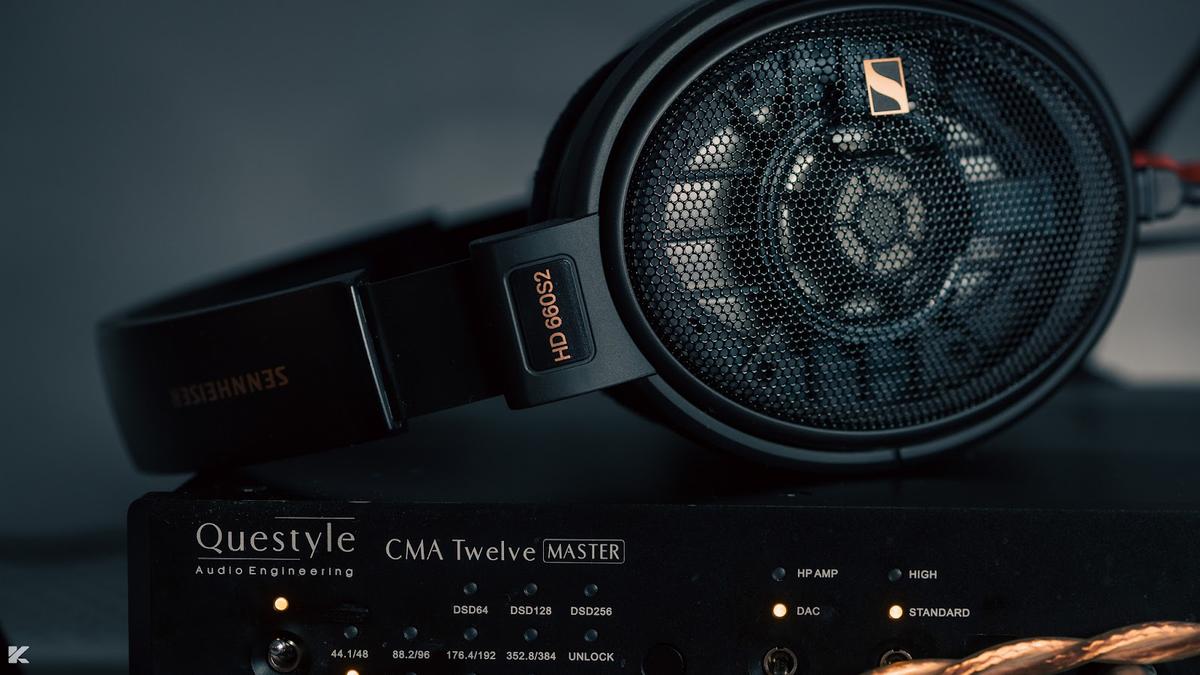The Sennheiser HD 660S2 improve upon their predecessors while facing the daunting task of replacing a cult classic.
- Time-tested build that should last years
- Easily available replacement parts
- Balanced cable bundled in the package
- Uncolored and highly-resolving midrange
- Much improved sub-bass response over the HD 650 and the HD 660S
- Better upper-treble extension than the previous HD 6xx series of headphones.
- Better macro and microdynamics than their predecessors.
- Good imaging
- Clamp-force may be tight for some
- Presence region peak can be distracting at times (intentional tuning choice)
- Vocals are not as forward as the HD 600, nor as lush as the HD 650
- Staging is average in the larger scheme of things
- Pricing could be lower given the highly competitive market
Sennheiser has a unique problem: it is its own competition in many aspects.
Let me further clarify that statement.
The HD 650 were released over two decades ago. Even now they remain relevant, a staple even when it comes to open-back dynamic driver headphones.
So, how do you follow up a bonafide classic? There is no easy answer to that question. Sennheiser has been hard at work, trying to capture lightning in a bottle one more time.
The weight of expectations bears heavier on the HD 660S2 than any other pair of mid-range headphones. Perhaps unfairly so, but that’s what makes reviewing them worthwhile.
Read on.
Unboxing and First Impression
Packaging
Sennheiser has simplified the packaging of the 6xx series headphones to something rather generic.
While the old packaging of the HD 650 and HD 600 used to come with a heavy storage box and padded innards, the newer revisions arrive in recyclable cardboard cutouts.
In the box
- Sennheiser HD 660S2 headphones
- 1.8m 6.35mm terminated cable
- 1.6m 4.4mm balanced cable
- 6.35mm to 3.5mm adapter cable
The good news is that the HD 600S2 come bundled with balanced and single-ended cables, making it easy to connect them to various sources without having to buy an aftermarket cable.
Design
The HD 660S2 have a mostly plastic build with a spring steel headband.
Despite the usual sneer directed at plastic for not having a “premium” enough feel in hand, the HD 6xx series of headphones tend to last for a long time. My HD 650, for example, have been going strong for over seven years.
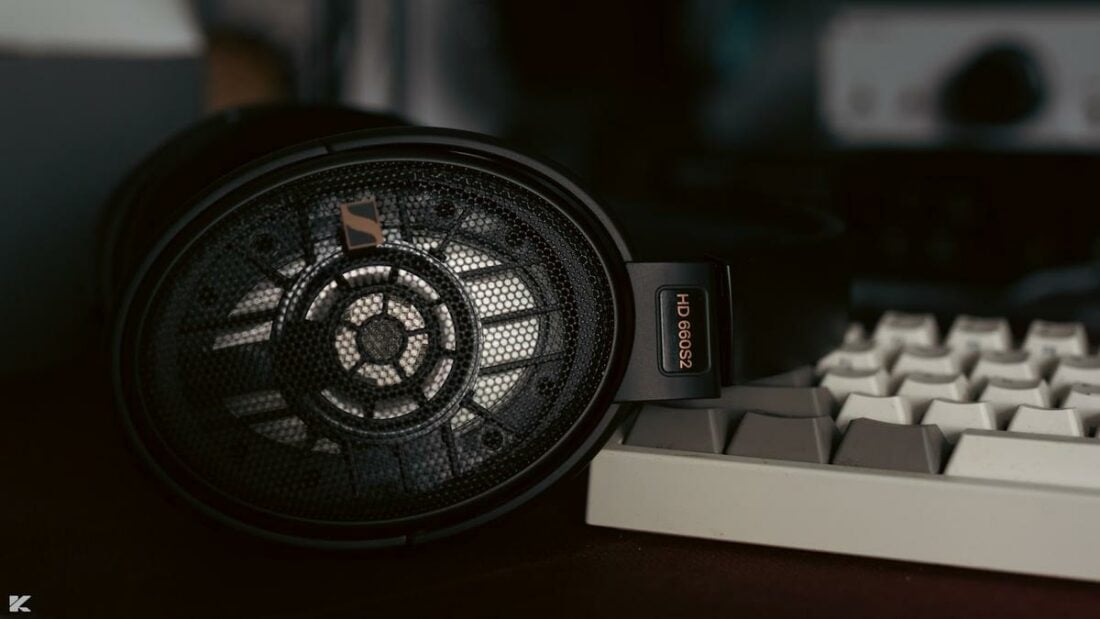
The HD 660S2 use a “dual-entry” cable system where both earcups use separate cable entries. This system is far more robust than the single-entry ones and does not rely on wires running through the headband.
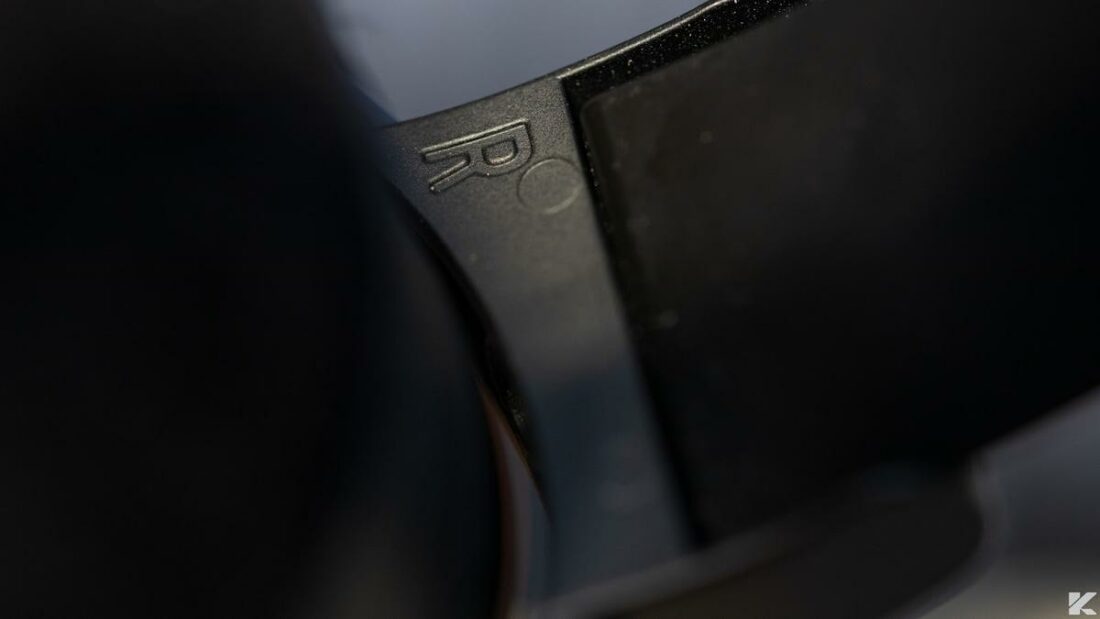
The yokes have adequate sidewise movement, and the earcups rotate front-to-back by about 15 degrees, so I think most people won’t have issues getting a good seal. The left earcup can be identified by touch thanks to three raised dots near the headband.
Once again, Sennheiser took care of the little details.
The earpads are the same ones that come with the other HD 6xx series of headphones, which means that the sound signature will become more mid-centric as the pads wear over time.
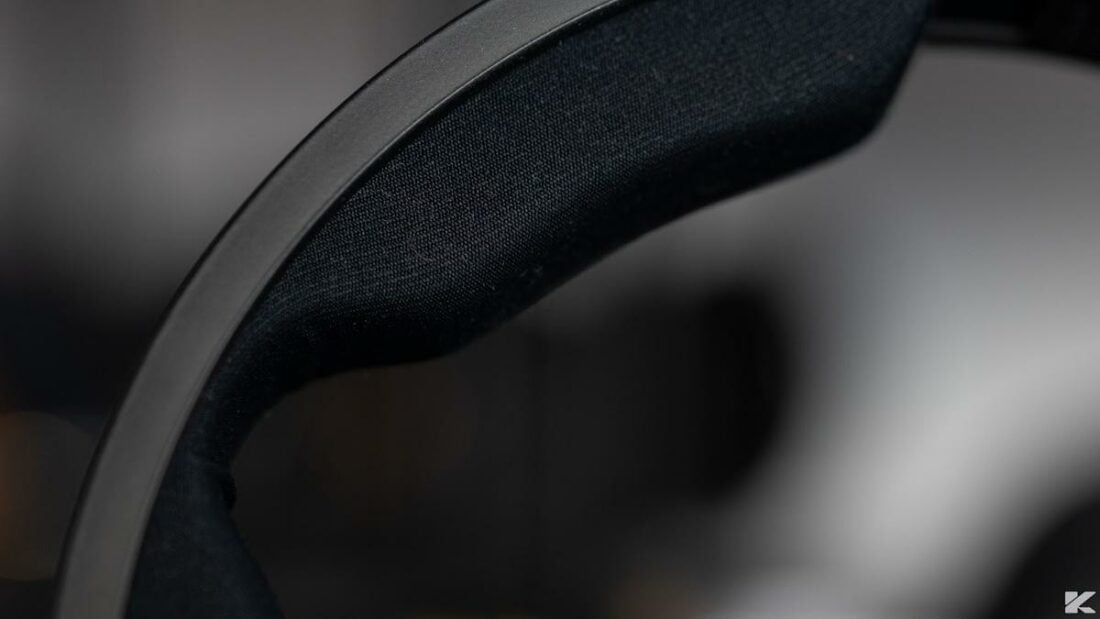
Fret not, though, as replacement pads are widely available.
Comfort and isolation
The clamp force is slightly higher than I prefer. However, the pressure is so well distributed that no hotspots are formed.
Isolation is almost nonexistent due to the open-back design.
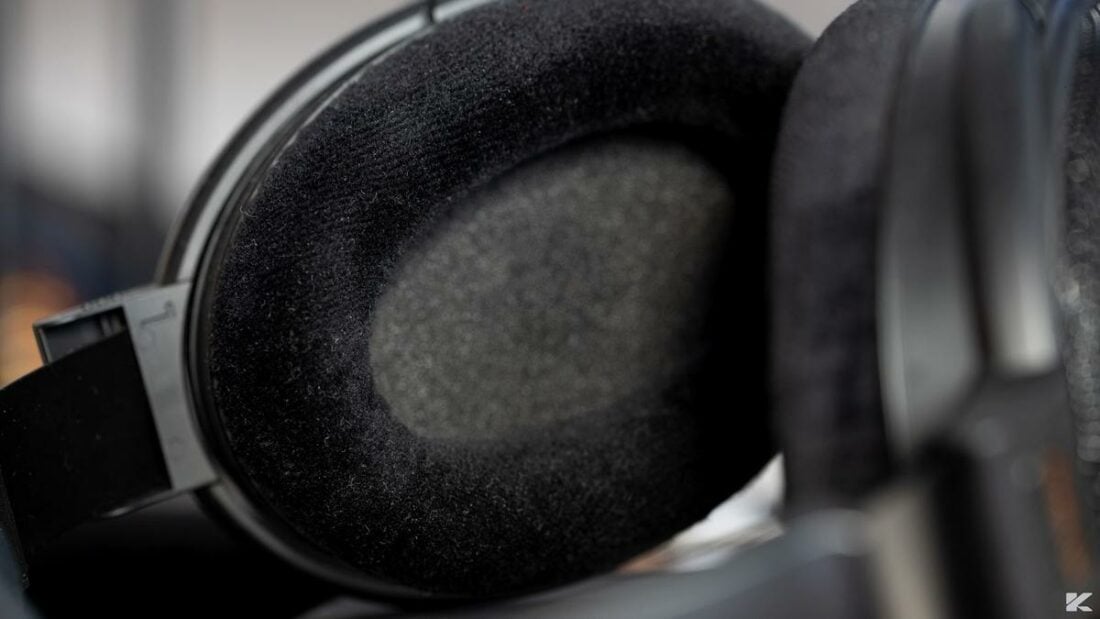
Internals
The Sennheiser HD 660S2 use 38mm drivers with a new magnet design despite utilizing a previous-generation housing.
Sennheiser uses the same “vented” magnetic system on the HD 660S2 as the predecessor HD 660S. On the older models (e.g., HD 650 and HD 660), the air displacement at the back of the driver was controlled via foam inserts.
This new design utilizes stainless steel mesh, resulting in much tighter tolerance and superior material longevity.
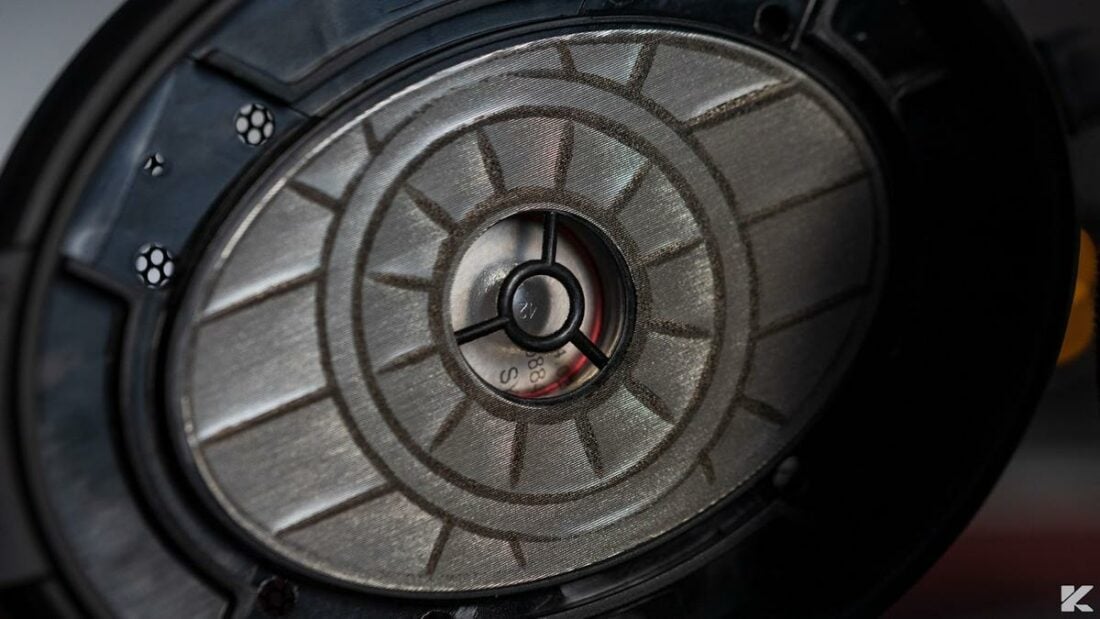
The driver is also similar to the older model except for the voice coil, which is now thinner (and thus, the increase in impedance, I assume). The housing is essentially the same as the HD 660S as well.
Minor improvements rather than a generational driver performance and design leap.
As the performance was very good already, it is rather difficult to muster a holistic improvement.
Sennheiser HD 660S2 Sound
The HD 660S2 are mostly neutral with slight emphasis near the presence region.
The sub-bass reach and extension are a noticeable improvement over the preceding models.
Bass
Sub-bass used to be the Achilles’ heel for the HD 600 and HD 650, and while the HD 660S2 improved noticeably, the latest version of the HD 660S2 delivers the best performance.
The HD 660S2 produce excellent bass for a pair of open-back, dynamic-driver headphones.
Bass is tight and controlled while having excellent speed and mid-bass texture. Deep, low rumble until 30Hz with superior definition. However, those used to accentuated sub-bass will not find it here.
Given that the HD 660S2 are meant to be neutral, reference-tuned headphones, the sub-bass not having a +10dB shelf makes absolute sense. The slam factor is an area that can be improved, as bass notes do not have a lot of physicality to them.
Midrange
The mids are the bread and butter of the HD 6xx series of headphones. The HD 660S2 are no exception.
Sennheiser goes a slightly different route this time, with the upper-mids being less pronounced than the predecessors.
This results in a more laid-back presentation of female vocals compared to the hyper-forward HD 600, while male vocals are not as lush-sounding as the HD 650.
If you are sensitive to shout, the HD 660S2 will be perfect for you.
Treble
The aforementioned lower-treble peak around 6kHz can be tiring for treble-sensitive people. I experience fatigue when listening to poorly mastered tracks. Certain rock and metal songs, e.g., Red Hot Chilli Pepper’s Californication, are susceptible here.
This peak aids in finding mastering issues, however, especially for de-essing. So it’s there for a reason.
Fortunately, the upper-treble is well-extended and has excellent tuning. Cymbals, hi-hats, and triangles resonate naturally, with precise attack and decay. Treble timbre is great as well, with no metallic “zing’ or “sheen” affecting the high notes.
Overall detail and resolution are very good, but the HD 660S2 fall behind some mid-range planar magnetic headphones.
Soundstage and imaging
Soundstage is average for an open-back, but these don’t sound as closed-in as the HD 600 or HD 650. Stage depth is also improved, with frontal projection better reproduced.
Imaging is precise with accurate instrument placement.
Dynamics and speed
Macrodynamic punch is fairly good, even though these aren’t the last word for overall slam and punch.
Microdynamics (gradual shifts in volume) are excellent, on the other hand. Separation is also above average, but some mid-range planars (e.g., the Hifiman Ananda Nano) are better.
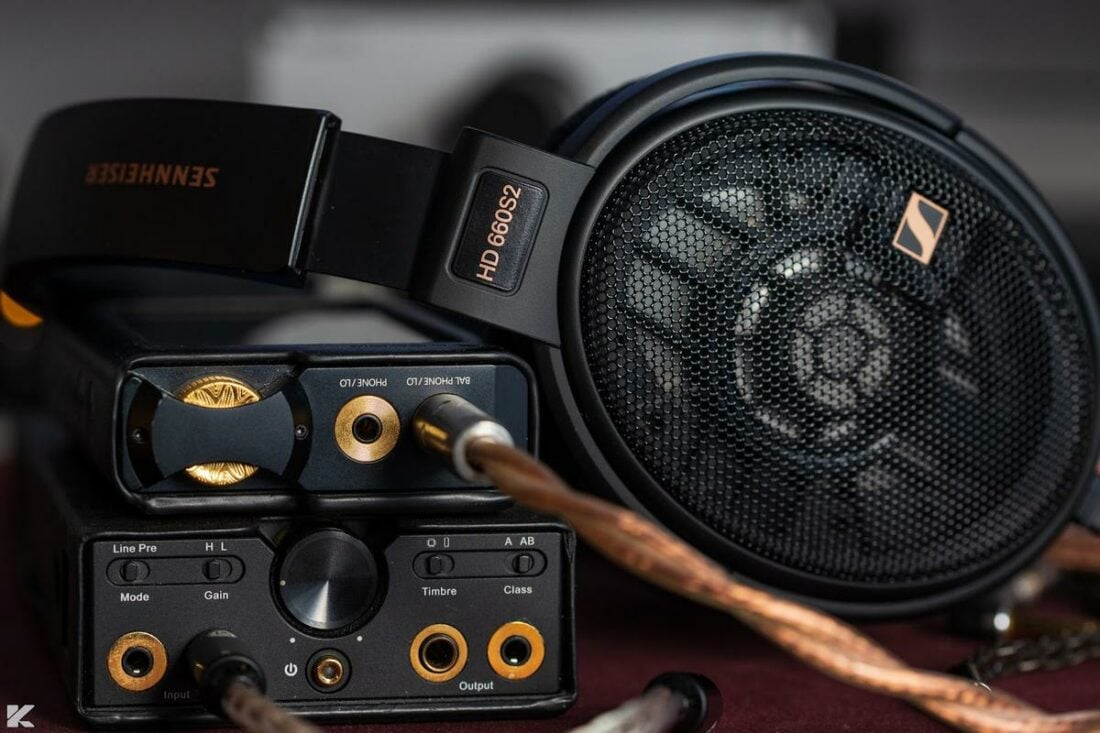
Comparisons
Vs Sennheiser HD 650
Sennheiser’s HD 650 are legendary in their own right and are massively popular even 20 years after launch. The HD 660S2 manage to noticeably improve the bass response over the older model.
There really is no contest – the HD 660S2 bass is in another league compared to the HD 650.
The HD 650 have noticeable distortion in the sub-bass region, and in busy tracks, bass notes tend to smear into each other.
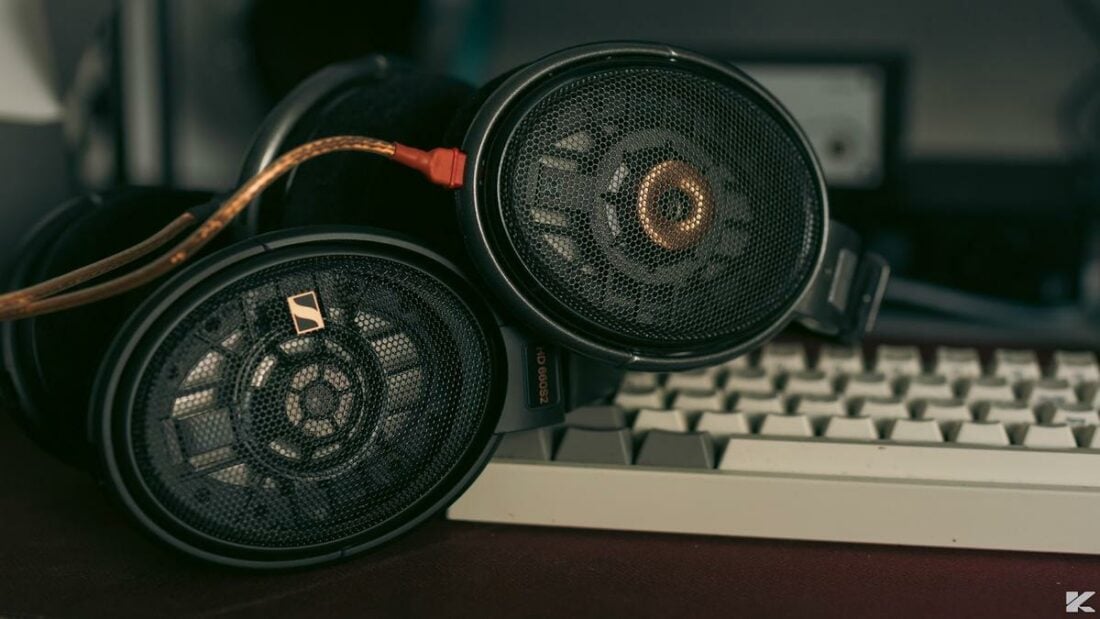
After some modding, I have slightly improved the distortion characteristics of my own HD 650, but even then, you reach the limits fairly quickly.
Another aspect that has seen a jump is the stage width. While the HD 660S2 are not particularly wide-sounding, they fare much better than the HD 650. A reason for this is the less forward upper-midrange, while the bass extension also helps create a sense of depth.
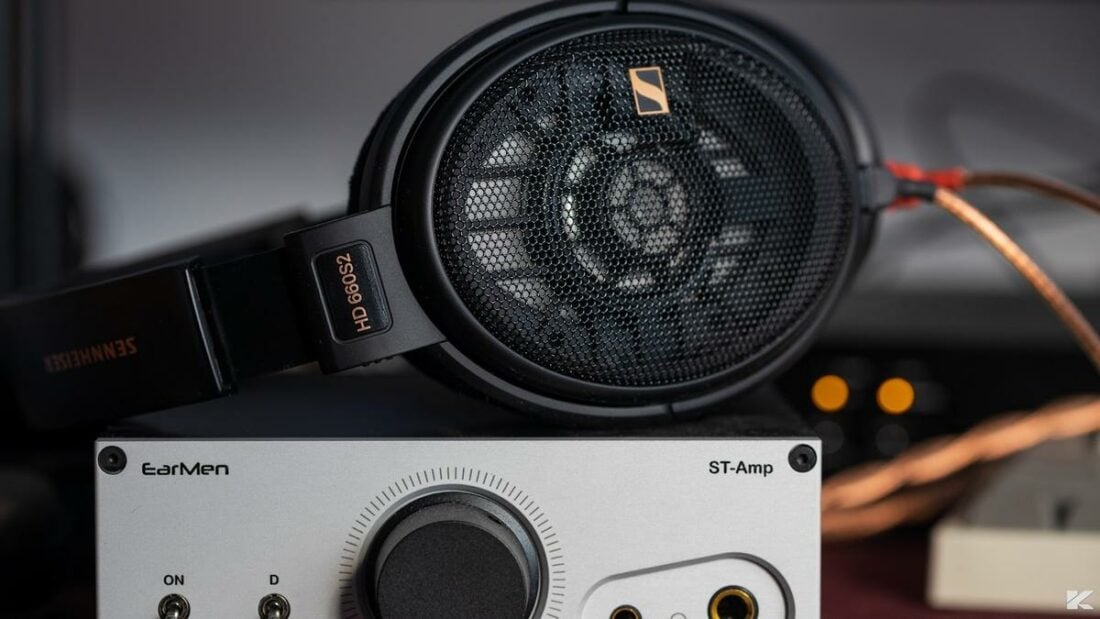
The upper-treble is a matter of taste. I find them both well-tuned in this regard, with the HD 660S2 perhaps being a tad more resolving. However, the lower-treble is where I much prefer the HD 650.
For male vocals, the lushness of the HD 650 remain unmatched for me. For vocal-centric tracks, I gravitate towards the HD 650 for this reason, while for instrumentals and more energetic tracks, the HD 660S2 became the natural pick.
Overall, the HD 660S2 are better suited for most modern genres. At the same time, I cannot overlook the price tag, which is nearly twice that of the HD 6XX Drop variant of the HD 650. The performance upgrade hardly justifies such a massive price gap, so the HD 650/6XX still remain as good an option as ever.
Technical Specifications
- Form: Open-backed, over-ear
- Drivers: 1 X 38mm dynamic driver
- Impedance (Ohm): 300 ohm
- Sensitivity (dB): 104 dB
- Frequency Response (Hz): 8 Hz – 41.5 KHz
- Removable Cable: Y
- Source Jack: 6.35mm, 4.4mm balanced
- Cup/Shell Jack: Sennheiser 2-pin connector
- Weight (g): 240g
Where to Buy
Conclusion
Sennheiser has made a practically perfect pair of studio monitors with the HD 660S2. This is what the HD 560S tried to be, and the HD 660S were touted as being, but neither could overcome the final hurdles.
Unfortunately, the price is higher than I consider “apt.” The MSRP is exaggerated for a product that is a slight upgrade over the last model – primarily offering improvement in the bass for existing HD 600 and HD 650 owners.
This puts me in a somewhat awkward position.
I really like the HD 660S2 and could live with them as my only pair of headphones – for the most part. They do not require a lot of amping (though I’d recommend picking a source with >5 Vrms and >10 ohm output impedance for best results). They sound great with every genre.
However, the market has grown so competitive that the HD 660S2 do not offer everything they should at that price. For one, I expect better staging, and the bass slam could be improved.
If you find the HD 660S2 for sale at a significant discount, they are well worth the purchase. At the MSRP, I have my reservations.
